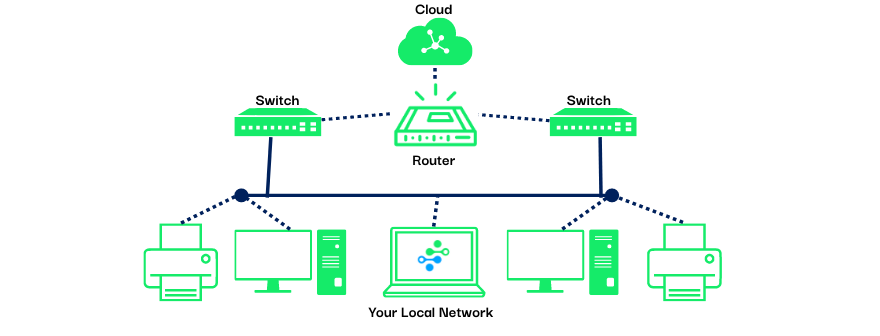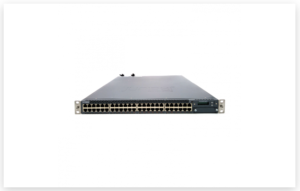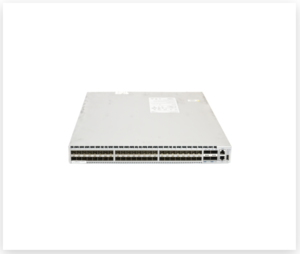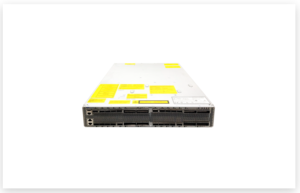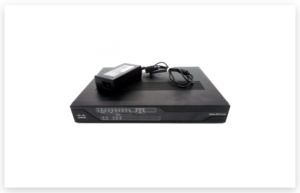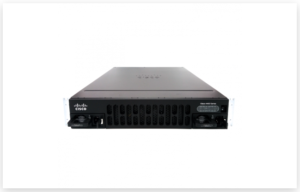Have you ever thought about what allows us to connect with the websites, social networks, apps, and games we use every day? Whether it’s your home network, or Google’s, network switches and routers are the core of connectivity.
Network Switches
The primary function of a network switch is to connect devices within a Local Area Network (LAN) and manage network traffic. A switch is the main point of contact between devices in a network. They manage the transfer of data packets to and from the existing devices on their networks. These data packets are small pieces of information sent across networks, like the internet, that when combined will load the file, message, or photo the user has indicated. Switches connect devices within a LAN using ethernet or fiber cabling. Utilizing dedicated switches within a LAN can increase speed, efficiency, and redundancy, and provide additional features like PoE (Power over Ethernet). They are the workhorses of transmitting data within a local network.
A few of the most common types of Network Switches are: KVM Switches, Managed Switches, Unmanaged Switches, Smart Switches, and PoE Switches
Here are some examples:
Juniper EX4300-48P CISCO C9200-24P-E CISCO WS-C3650-12X48FD-S ARISTA DCS-7050SX-64-F
Network Routers
Routers and switches work together to transfer vital information, working nonstop to allow users to play, program, and connect. Network routers are the primary mode of communication or the metaphorical bridges in which data packets use to travel from one network to the other. Routers send and receive data packets from Local Area Networks (LAN), Wide Area Networks (WAN), or autonomous systems that make up what we think of as the internet. Network routing is the process in which each router engages in the decision-making process to figure out which way is the fastest way to get your information where it needs to go. A router will read the IP address of millions of packets in seconds, and send them to the proper locations, traveling router by router until it reaches the desired network or user.
The most common types of Network Routers are: Wired Routers, Wireless Routers, Core Routers, Edge Routers, and VPN Routers
Here are some examples:
CISCO NCS1002-K9 CISCO C891F-K9 891F CISCO ISR4451-X/K9 CISCO ASR1001-X
Routers and switches work together to transfer vital information, working nonstop to allow users to play, program, and connect. Routers act as the necessary navigation systems for accessing the internet and switches are for interconnecting devices. Routers send and receive data packets between networks, whilst switches connect your TV, your computer, and your security system, all to the same network.
